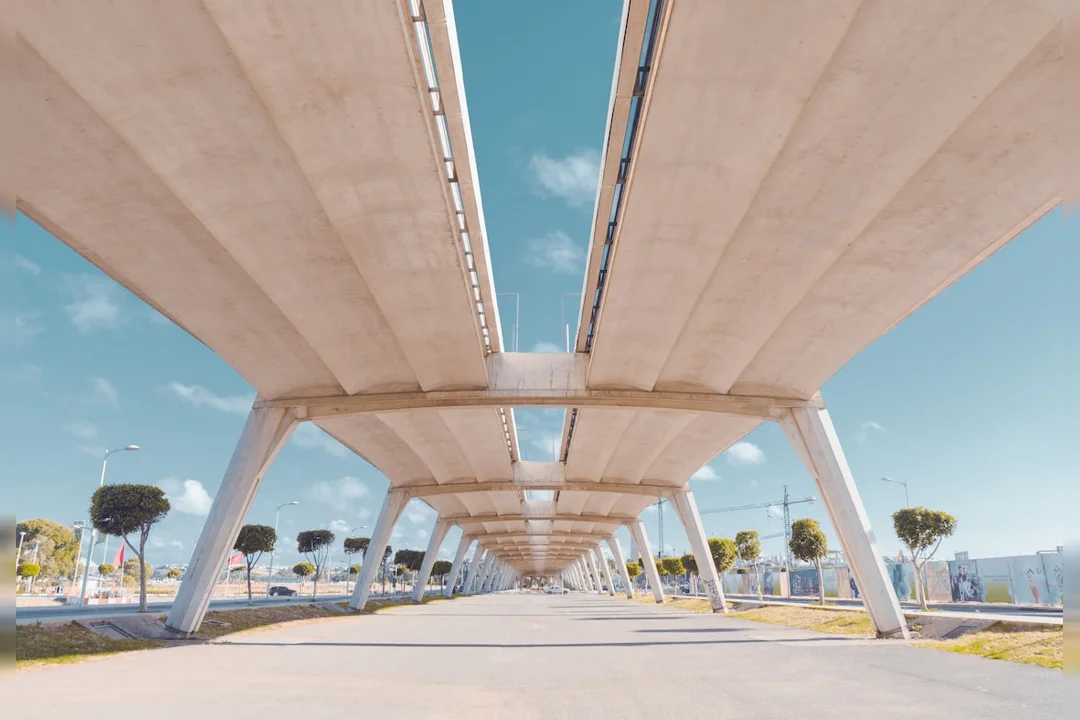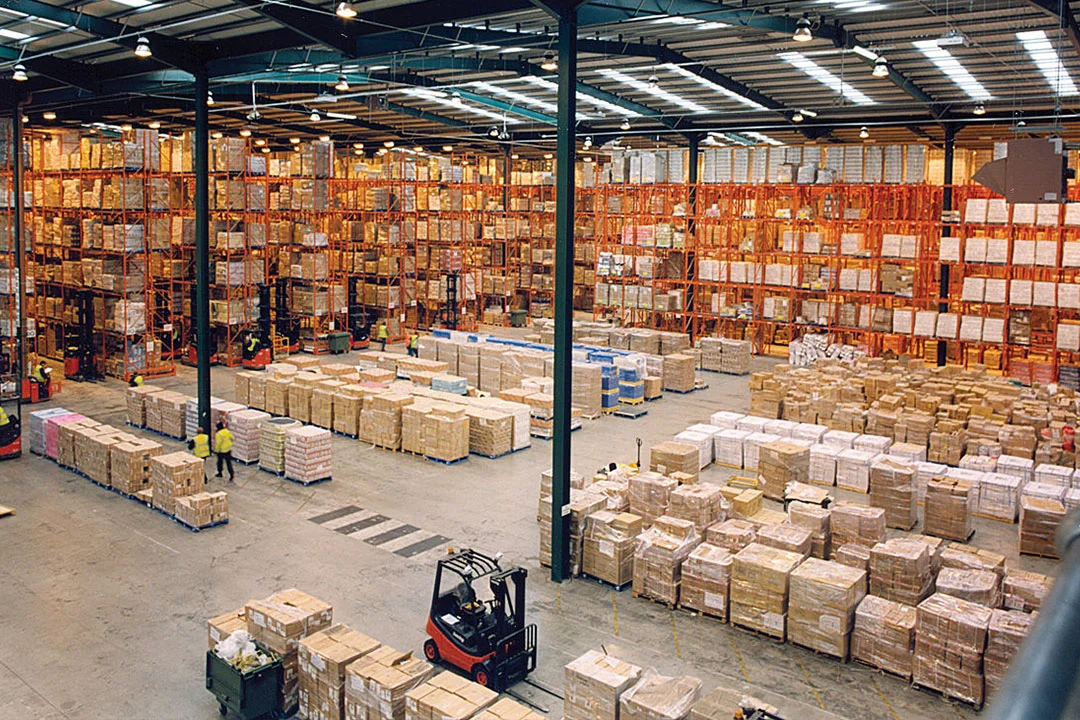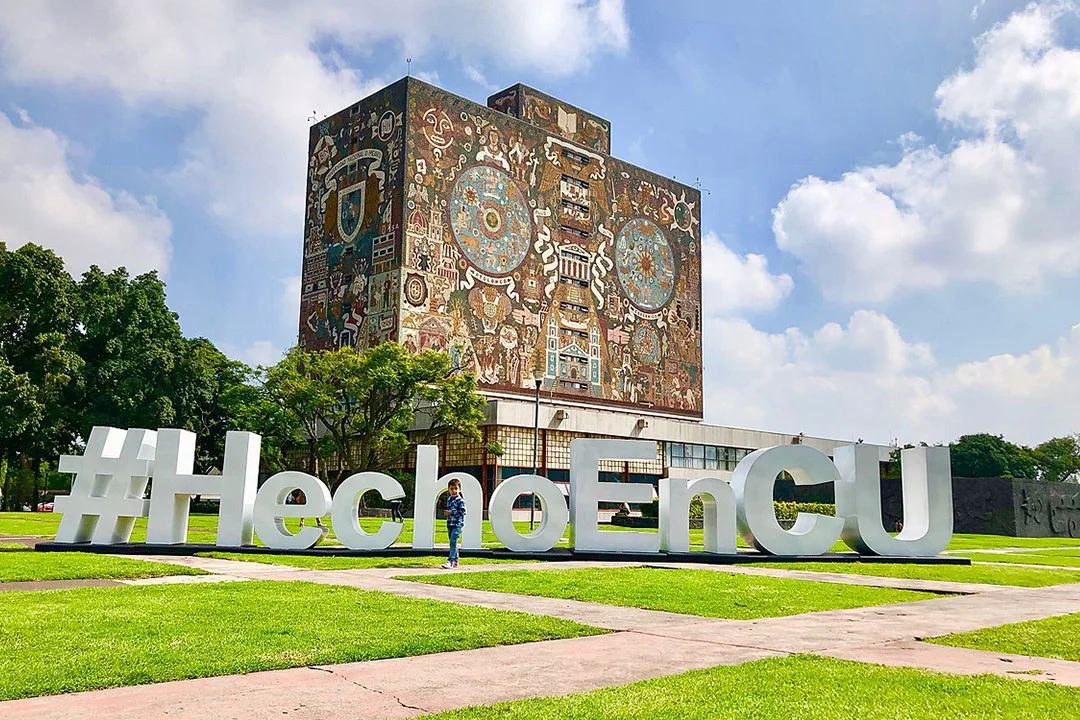Green is so popular today that it's only a matter of time before someone introduces "green concrete". Any concrete that uses waste materials (such as old concrete, ground glass, some plastics, some organic fibers) instead of traditional aggregates can be called green concrete.
What is green concrete?
Green concrete is a variation on standard concrete that uses recycled or green ingredients, or is more durable, or performs better than conventional concrete, reducing the need to replace it in the future.
Sustainable concrete is a major innovation for a reason: the production of standard concrete accounts for 8% of global CO2 emissions. In addition, for every 932 kilograms of cement produced, 927 kilograms of carbon dioxide are emitted into the atmosphere. While materials like steel and wood actually produce more carbon dioxide per kilogram, so much concrete is produced each year that these other materials are placed in the shade. In fact, concrete is the second most consumed substance in the world, after water.
What does standard concrete contain?
In standard concrete, cement, water, aggregates, and a few other ingredients combine to set and harden (also called curing). In precast concrete products, manufacturers add steam to the curing chamber to make the concrete harden faster. In the case of concrete buildings or roads, ready-mix concrete is poured into a mold and allowed to cure naturally.
The carbon dioxide problem comes from processing the raw material. The cement contains a mixture of limestone and crushed clay, as well as minerals such as calcium, silicon, aluminum, and iron. These minerals must be mined, processed, and transported before they can be incorporated, which increases the carbon dioxide load of the cement. Some of the carbon dioxide released by cement is also produced by crushing and heating limestone and clay to form the final product, both from the energy required to heat the material and from the crushing of the material itself.
What's in sustainable concrete?
Green concrete can be made by adding environmentally better supplemental cementitious materials (MCS), such as fly ash, silica fume, post-consumer glass, and recycled concrete. Although the amount that can be added depends on the material, these admixtures typically add stronger or newer properties to the concrete, such as durability and thermal insulation, while using recycled materials that often end up in landfills.
Ecological concrete
Since cement is the largest contributor to CO2 emissions from concrete, many are focusing on alternatives to reduce the amount of cement required per batch, especially from foundries, quarries, power plants, food factories, and other waste sources. industrial. However, there are also several alternatives to aggregates, such as recycled concrete, glass and plastic waste. In addition to replacing cement, aggregate, or sand, companies can save water during concrete placement, for example, by adding superplasticizers or other water-reducing agents to the concrete.
Do you want to know more about concrete? Contact Us.




